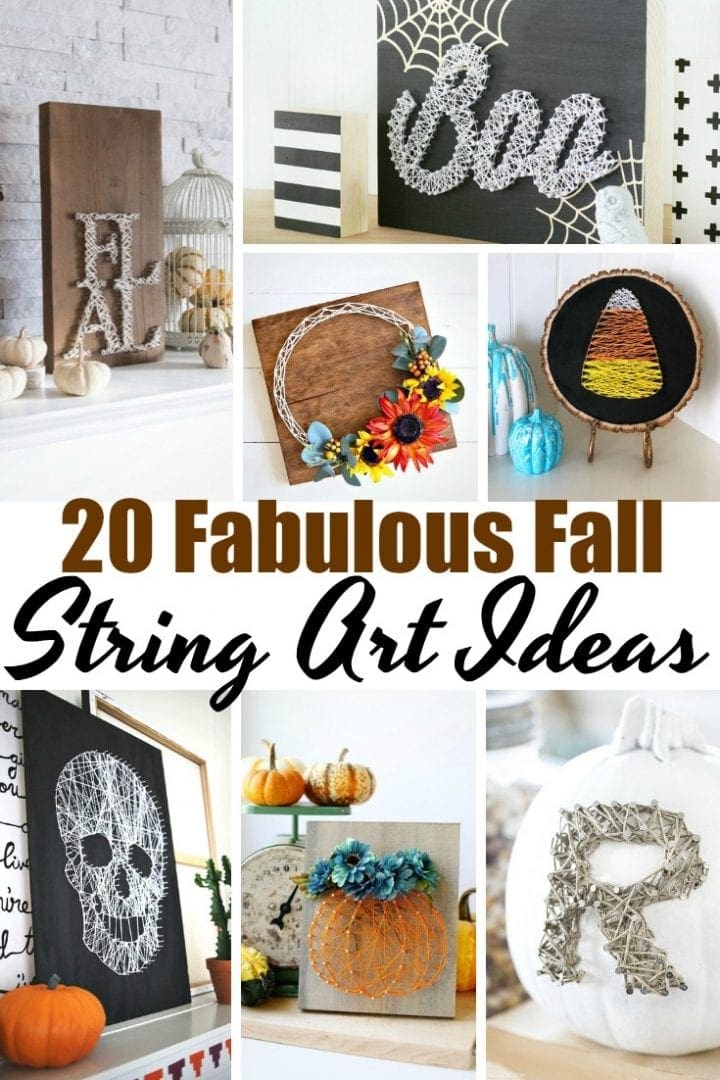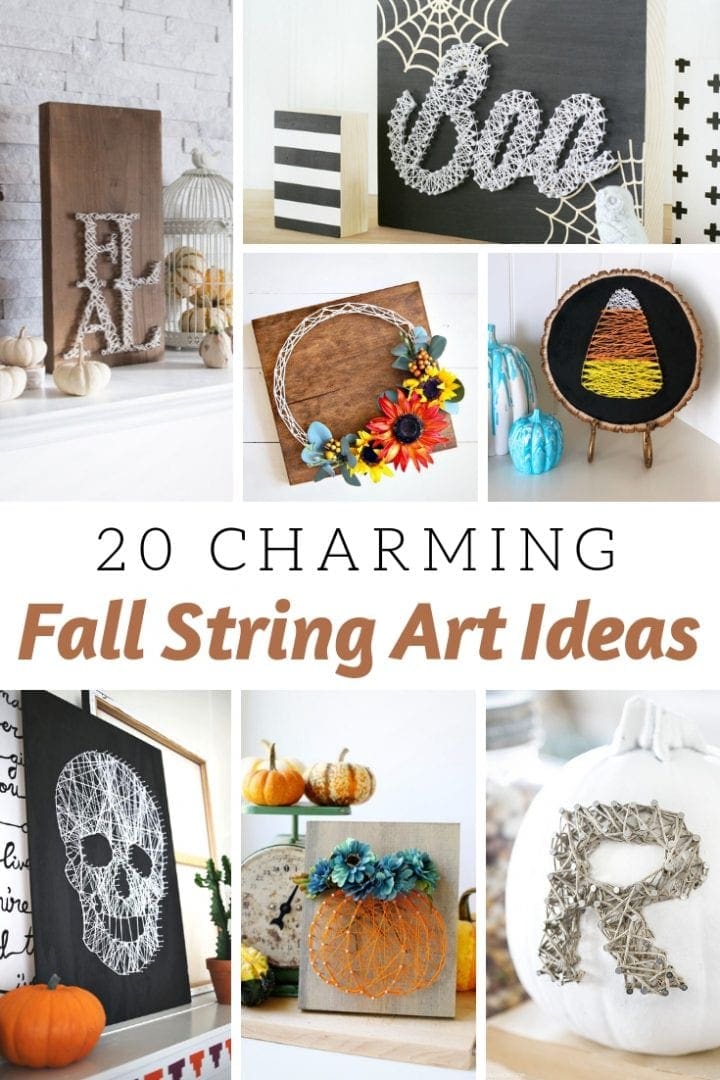FREE You’ve Been Booed Halloween Printable
FREE You've Been Booed Halloween Printable Halloween will be here soon and things might just look a little different this year. While there may not be a lot of face to face meetings, there are...
String art DIY is one of the most economical ways to create some fun art for your home. The history of string art is surprisingly rich and multifaceted, with its roots intertwined with both education and artistic expression. There are countless string art ideas for any holiday and any season of the year. String art pattern templates are available on Pinterest or just with a simple Internet search. You can even buy complete string art kits for kids and string art kits for adults. This is a very cathartic and relaxing way to create your next art piece to keep busy or even to create a gorgeous gift for someone in your life. There are even several cool Halloween string art ideas included below. We hope that you love these String Art Ideas.
Today, string art remains a versatile and accessible art form enjoyed by people of all ages and skill levels. From simple geometric designs to intricate portraits and landscapes, the possibilities are endless. Its history reflects a fascinating interplay between education, mathematics, and artistic creativity, making it a truly unique and captivating practice.


Have you ever wondered what kind of string is used for string art? Whether it is embroidery floss for those smaller, more delicate pieces or thicker string-like cooking twine (this is what I use) or yarn, no matter what you choose, your string art patterns will look amazing. We hope that you are inspired by these String Art Ideas. Happy crafting!


Comments are closed.
As a mommy, I thought I was too busy to try out DIYs. But these are so easy and incredible.
Pingback: 15 Fabulous Fall Crafts Autumn Projects Divine Lifestyle